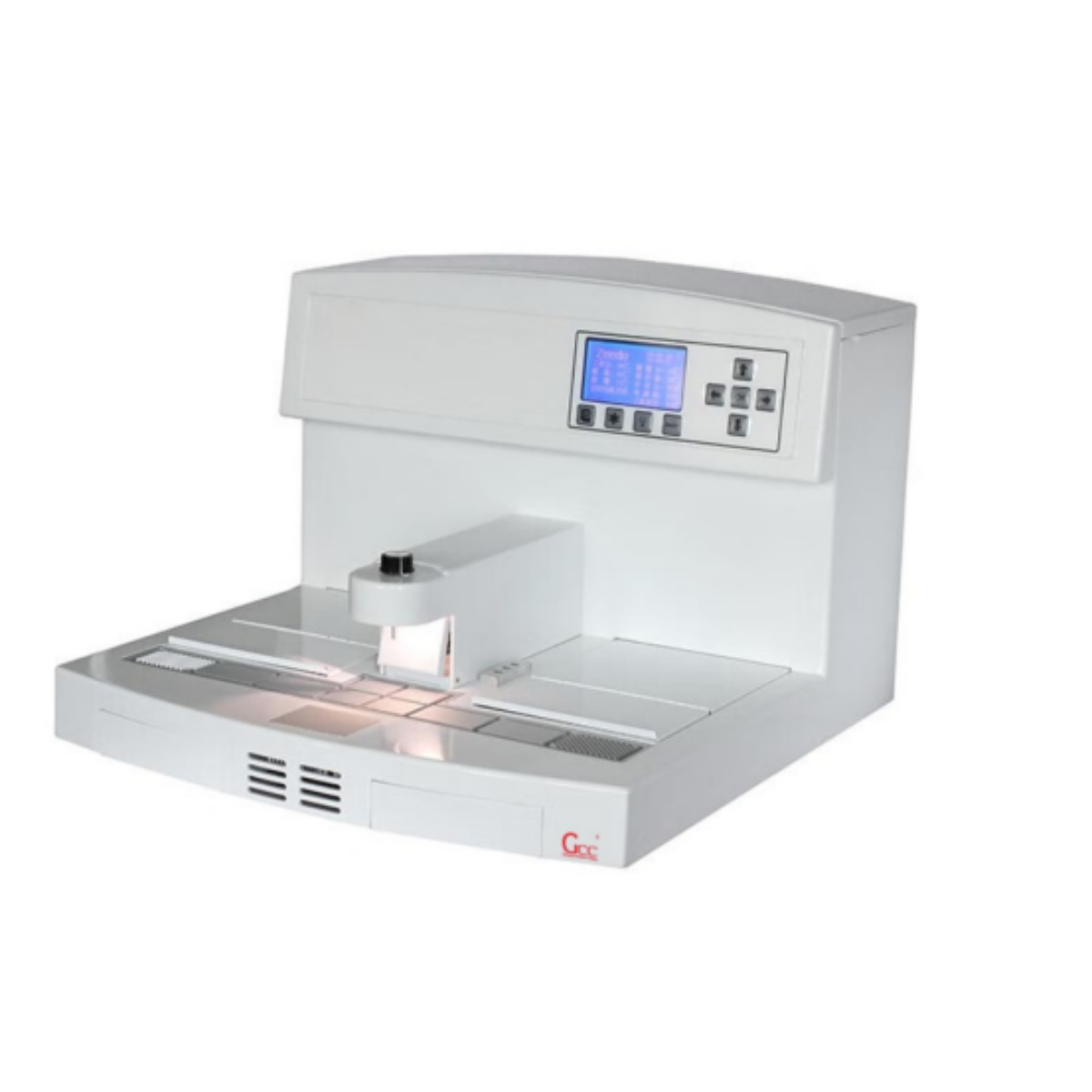What is an Embedding Station? | Pathology Lab Equipment Guide
Learn what an embedding station is, its key features, and its role in pathology labs. Discover how embedding centers improve efficiency and sample processing accuracy.
What is an Embedding Station?
An embedding station is a specialized piece of laboratory equipment used in histopathology and pathology labs. Its primary function is to embed biological tissue samples into paraffin wax, which provides the necessary support for thin sectioning during the microtomy process. This step is crucial to preserve the structural integrity of the specimen for further microscopic examination.

Why Embedding Stations Are Important
Embedding is a critical step in tissue processing. Without proper embedding, samples may become distorted or damaged, leading to inaccurate diagnostic results. The embedding station ensures:
Consistent specimen orientation
Even paraffin infiltration
Improved reproducibility of slides
Higher efficiency in sample preparation
Key Features of an Embedding Station
Modern embedding stations come with advanced features that support both accuracy and ergonomics in laboratory work. Some essential features include:
1. Heated Paraffin Reservoir
Maintains paraffin wax at the required temperature for smooth embedding.
2. Cooling Plate
Rapidly solidifies the paraffin blocks, ensuring sample stability.
3. Adjustable Work Area
Designed for ergonomic use, allowing technicians to work comfortably.
4. Precision Controls
Temperature and timing controls ensure consistent quality across multiple samples.
5. User-Friendly Design
LED displays, foot switches, and modular setups enhance workflow efficiency.
Applications in Pathology Labs
Embedding stations are widely used in:
Histology labs – for tissue sample embedding before microtomy
Hospitals and clinics – for diagnostic sample preparation
Research institutions – where accurate tissue analysis is essential
Choosing the Right Embedding Station
When selecting an embedding station, pathology labs should consider:
Capacity (number of samples processed daily)
Temperature range and control precision
Ease of use and ergonomic design
Durability (stainless steel, robust construction)
Compatibility with other lab instruments (tissue processors, microtomes
Conclusion
An embedding station is a vital tool in the pathology workflow, enabling accurate and reliable preparation of tissue samples for microscopic examination. By providing consistent paraffin embedding, these devices improve diagnostic precision and laboratory efficiency.
alternative versions of this article — one more marketing-focused (for sales pages) and one more academic-style (for educational content). Would you like me to create those too?